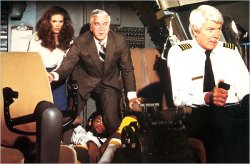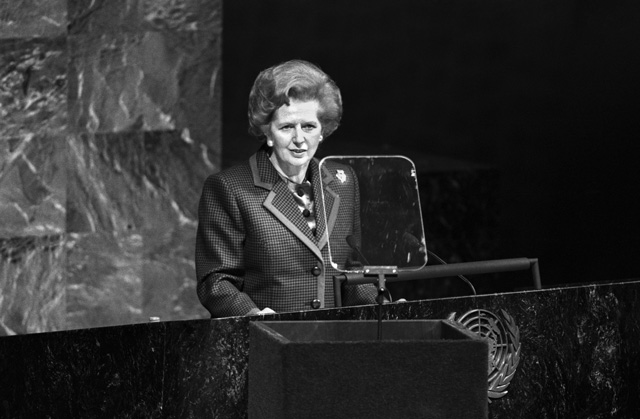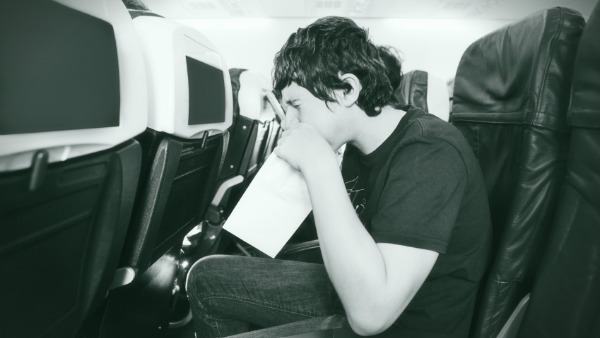
Paramount / Everett Collection
It’s a lovely day to be flying across the Atlantic. Cruising at a tidy 40,000 feet, the Heathrow-bound jet pilots kick their feet up at the sight of clear, cloudless skies.
But then — WHOOOSH! — the plane hits a renegade, invisible patch of mad turbulence, plummeting 100 feet in seconds. Glasses of Merlot splatter red on $2,000 bespoke suits. Plastic cups of Diet Cokes soak Macbook Airs and Earl Grey scalds shrieking grandmothers trapped in their chairs. Babies fly from their mothers’ arms, while passengers unfortunate enough to be out of their seats go careening into strangers’ laps. Screams fill the cabin. Vomiting ensues.
Welcome to the Plane Ride From Hell, coming more often to an airline near you thanks to — you guessed it — climate change. While this imagined scenario might be an ever-so-slight exaggeration, new research published today in Nature Climate Change points to increased turbulence frequency and strength due to our ongoing greenhouse gas bonanza.
According to the paper, clear-air turbulence — that is, the kind that satellites and on-board radar don’t pick up — will likely double by the mid-2050s. The average strength of turbulence will also increase by about 10 to 40 percent. “Flights will be less comfortable and there will be more drinks spilled,” says Paul Williams, an atmospheric scientist at the University of Reading and lead author of the paper.
Atmospheric turbulence causes most weather-related aircraft incidents, yet before now no one thought to look at how it might change as climactic processes become more erratic. “When I looked through the literature, I was astonished to find that no one had done it before,” Williams said.
Williams and co-author Manoj Joshi decided to investigate this question for themselves. The researchers homed in on clear-air turbulence, or patches of vertical airflow linked to the atmospheric jet stream, in the busy transatlantic flight corridor, where around 600 flights criss-cross between Europe and North America daily. They used climate models to simulate how the jet stream will change when carbon dioxide levels double, and how that, in turn, will translate into turbulence. (When, exactly, that doubling will occur depends upon the levels of greenhouse gas emissions we continue to pump into the atmosphere, but the authors went with the middle-ground projection, falling somewhere in the 2050s.)
The jet stream makes its way around the entire northern hemisphere, by the way, not just between Europe and North America. The authors expect the same increase in turbulence to apply to pretty much all airline routes that come into contact with the jet stream wherever this natural phenomenon speeds up.
Flights currently encounter clear-air turbulence about 1 percent of the time. Besides causing butterflies in the stomach and morbid thoughts of a watery death in the Atlantic, turbulence injures hundreds of passengers per year, occasionally leading to fatalities, and costs the airlines around $150 million annually in delays and damages. How those misfortunes will fluctuate isn’t certain, but more patches of unsteady air probably means more time spent either bumping through or else navigating around those trouble spots. “This is where we get onto more speculations and plausible possibilities rather than things demonstrated by hard science,” Williams points out.
Either way, we’re getting what we paid for. The airline industry accounts for around 2 to 3 percent of greenhouse gas emissions, but because those emissions are pumped into the upper atmosphere, they have an outsized impact on the climate. And flight numbers are only set to grow in the future with increasing populations, personal affluence, and globalization.
“You could see it as the atmosphere getting its own back by taking revenge on planes and causing more trouble,” Williams says. “It’s absolutely poetic justice.”



